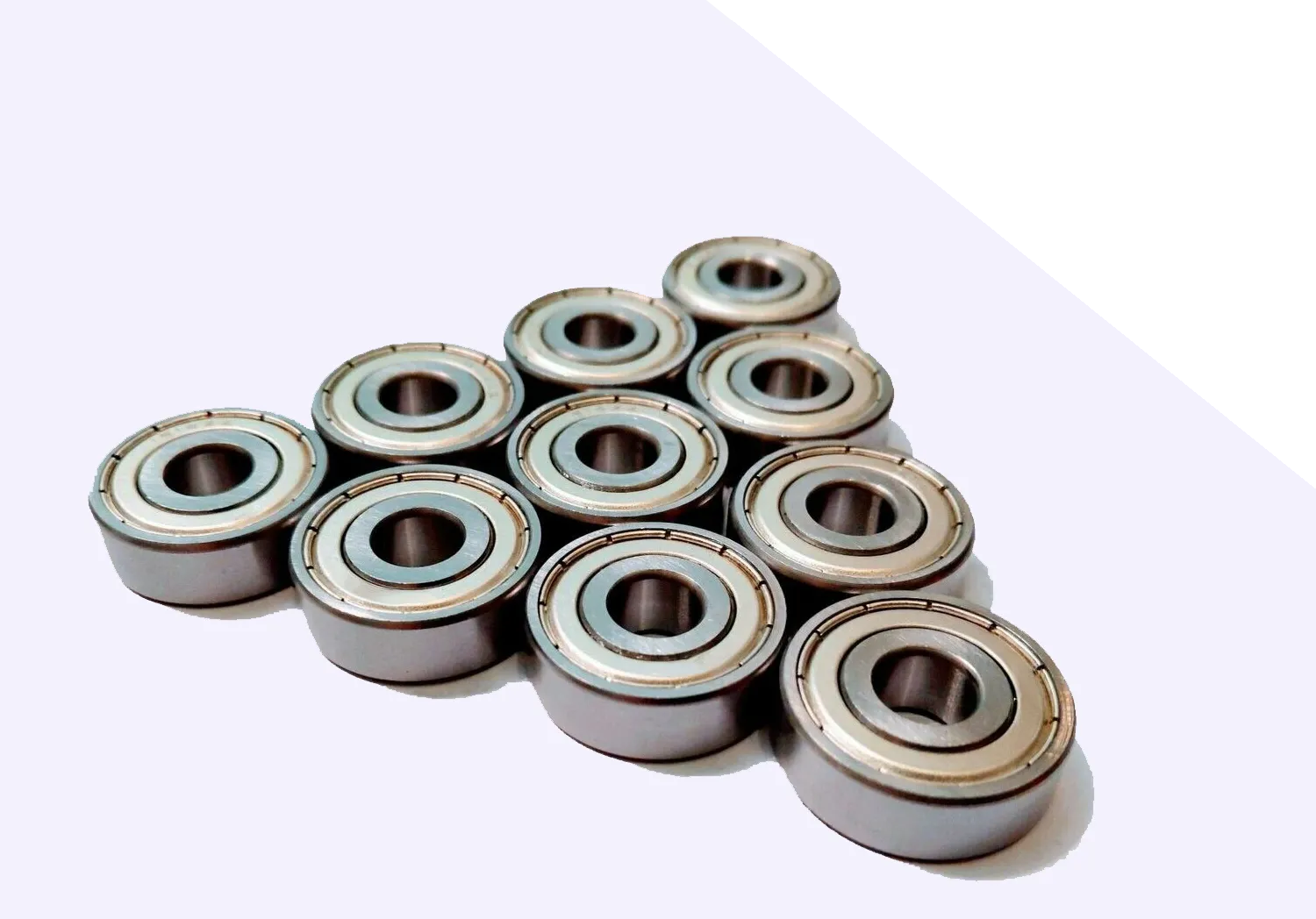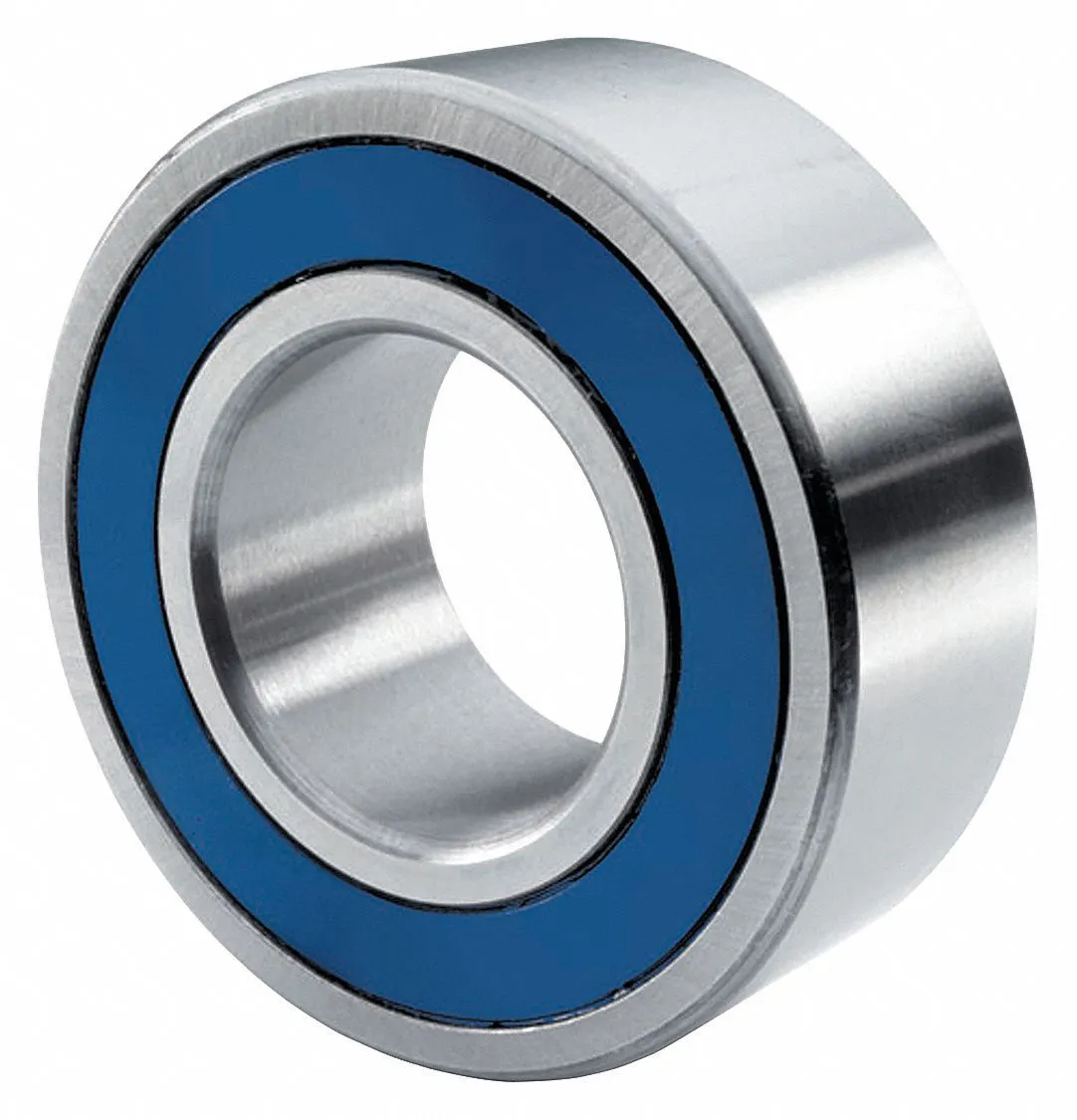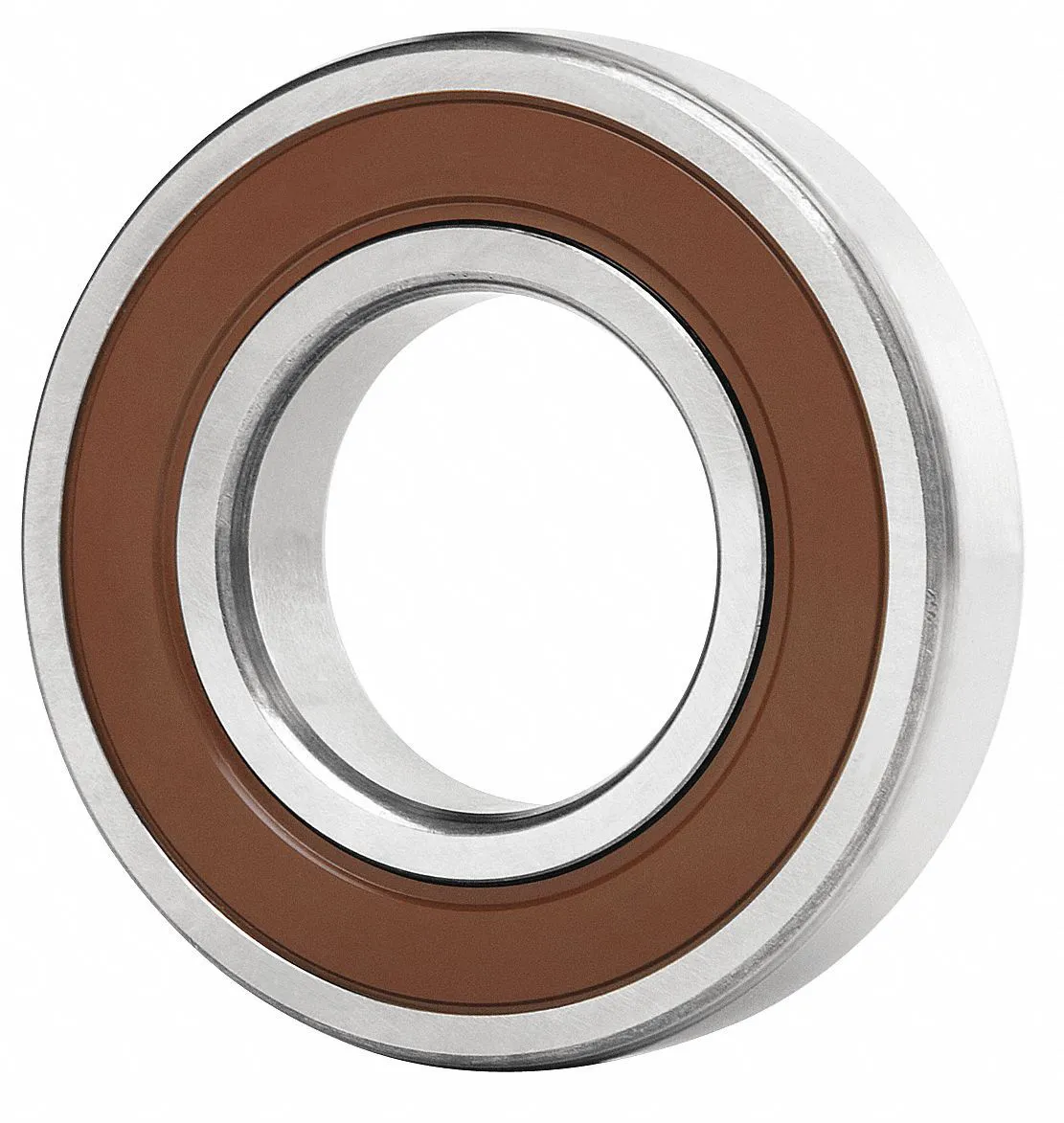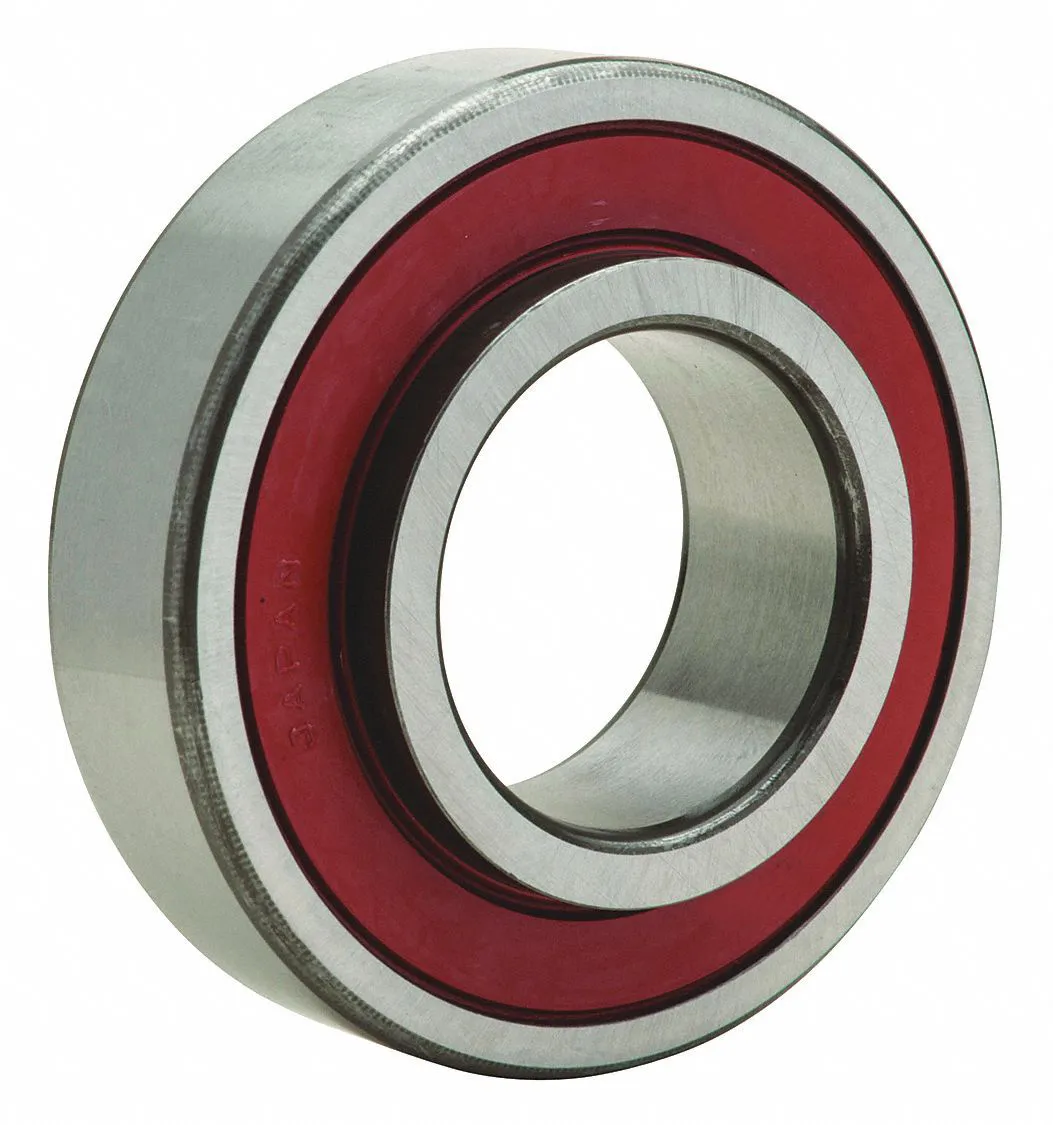Radial Bearing
Precise . Quality . Trust

Radial bearings are the most common type of bearing. The bearing world considers radial ball bearings to be the “duct tape” of bearings. Good for many different applications and easily found. Applications from skateboards to dental drills use radial bearings.
The reason they’re so popular is because they are widely available and support a broad range of:
- Temperatures
- Loads
- RPMs
- and more
Radial Bearing Gallery



Is a Radial Bearing a Good Choice for Your Application?
To answer this question, we have to first uncover the type of load your application will place on the ball bearing.
Radial ball bearings, just like angular contact ball bearings, carry radial loads (forces perpendicular to the shaft) in both directions. The difference is in how these two types of bearings handle the axial load.
Radial ball bearings can also support axial loads in all directions, whereas angular contact bearings can support axial loads in only one direction.
Best Applications for a Radial Bearing
Application
The most common industrial application that uses radial ball bearings is an electric motor. This is because radial bearings carry loads and movement between the shaft and housing in both axial directions. An axial direction is defined as rotating, or moving, in the direction of the axis. Radial bearings can accept load in both directions along the axis (back and forth), whereas an angular contact bearing can’t.
Things You Need to Know About Radial Ball Bearings
Internal clearance is the amount of distance the inner ring moves relative to the outer ring from the geometric center of the bearing. Axial clearance is the allowable movement in the direction of the shaft and radial clearance is the allowable movement perpendicular to the shaft.
Internal clearance can be affected by the machined shaft and housing tolerances, not just after the application’s thermal effects, but before.A tight press fit on a machined shaft that’s slightly bigger than the inner ring of the bearing will reduce the bearing clearance dramatically.
Phenolic is a good choice for most applications since it supports max operating temperatures up to 120°C
Strip Steel is a good choice for an application that may have increased operating temperatures. A J cage made of strip steel can support max temperatures of around 220°C
High Quality
radial bearing
Get In Touch With Radial Bearing
Frequently Questions
Here are the standardized clearance ratings from tightest to loosest:
- C2
- CN
- C3
- C4
- C5
You’ll need to look at multiple metrics and calculations like about internal clearance:
- Application temperatures
- Mating part coefficient of thermal expansion
- Rigidity requirements
- Duty cycles of application forces
- RPMs
- A few other metrics may also be required
Two different types of sealing closures for radial bearings:
- Shields: A metal cover either stamped or fastened with a c-clip to the outer ring of a bearing
- Seals: A rubber cover that contacts both the inner and outer ring of a bearing
WHY CHOOSE US
We have exported our products to clients around the world and earned a good reputation because of our superior product quality and after-sales service.We warmly welcome customers both at home and abroad to contact us to negotiate business, exchange information and cooperate with us!